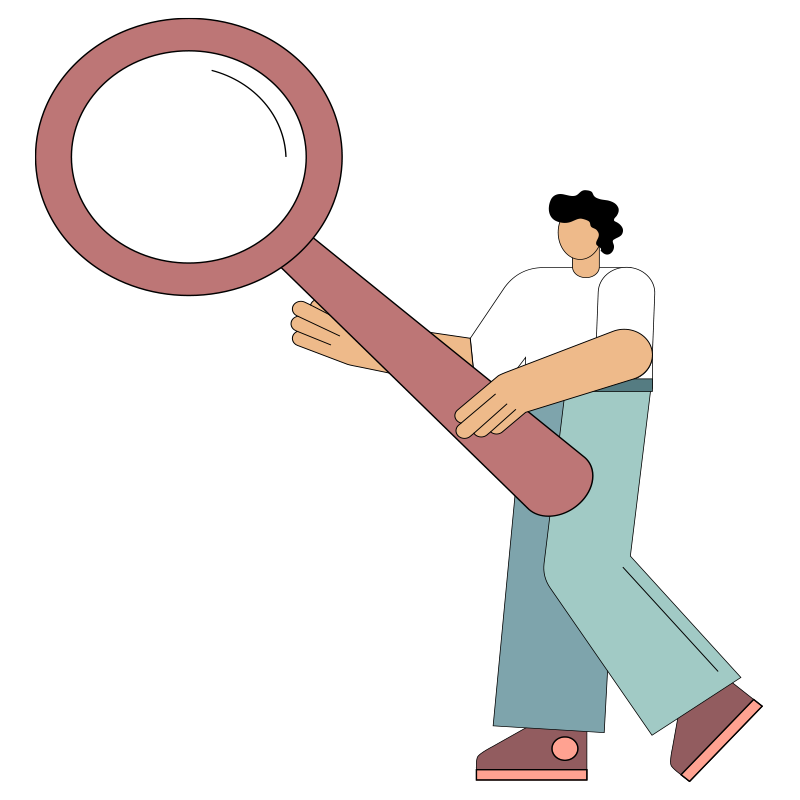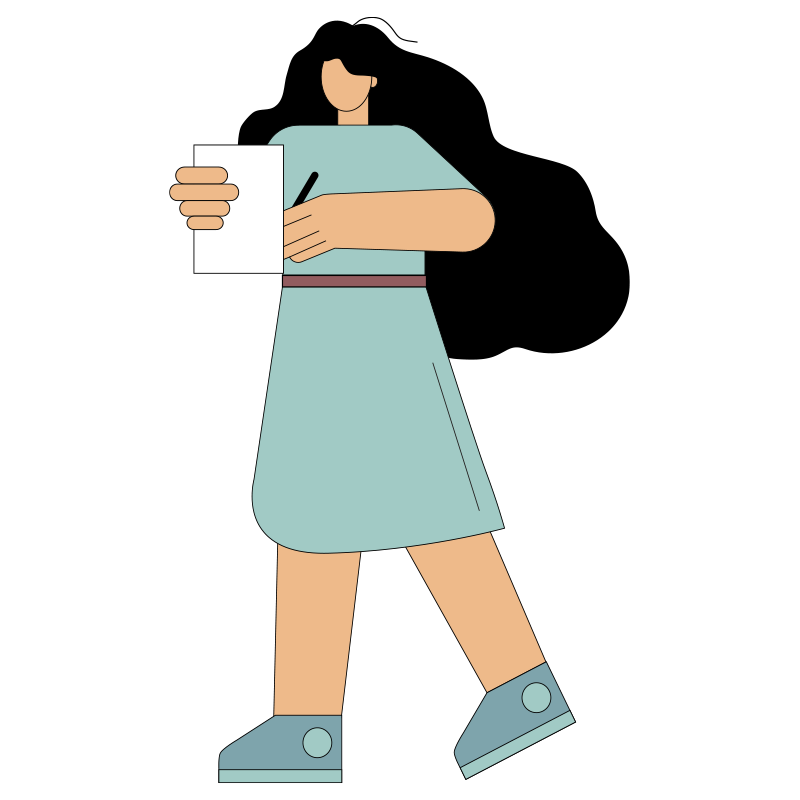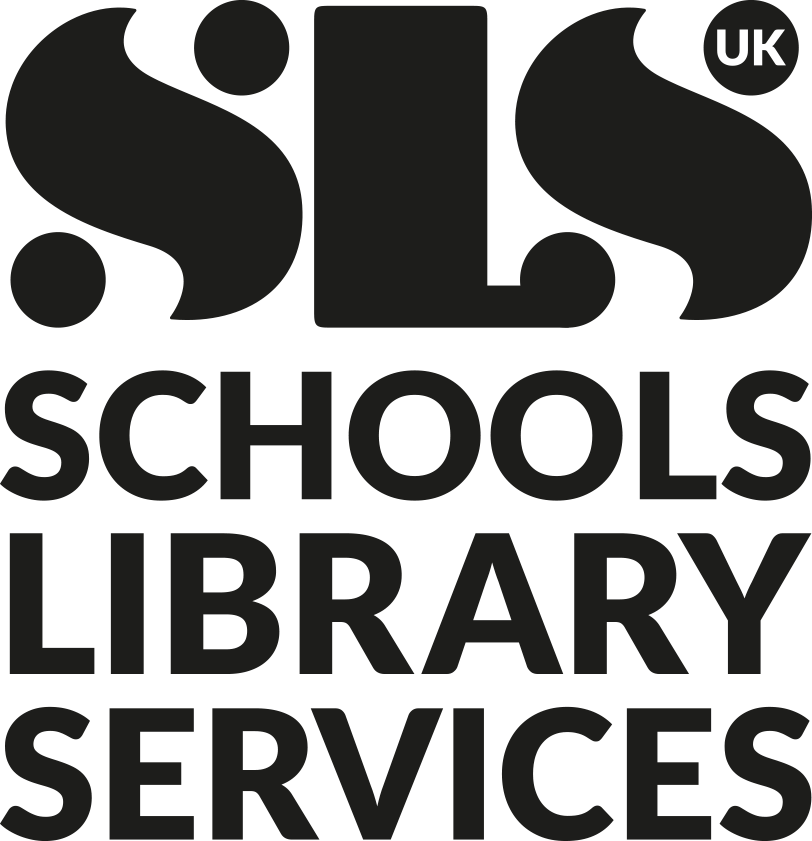Subject: Classification
Focus: Library management
Year Group: Primary
Synopsis: How a little bit of understanding about the classification scheme in your library can help children find the books they want. Tips from Gillian Harris, Tower Hamlets SLS.

Gillian Harris, MBE
Tower Hamlets SLS
Librarian’s view:
During their training all librarians learn about classification. Some go on to specialise in this as their career, and they may even attend international conferences and seminars to discuss the minutiae of classification developments.
Classification brings order to libraries and is crucial in helping users find the book they want – as important in school libraries as in university and special libraries.
If you think about the children using your school library, do they use the library catalogue to find a book they want, or are they browsing the shelves? If they ask you for a book on dinosaurs, do you point to the dinosaur section or do you say, “Go and search on the library catalogue”?

Arguably, if everyone used the library catalogue to search for a book, then it wouldn’t matter where each book is positioned, as the class number on the catalogue record stored on the computer would tell you where it is.
I’ll wager most children do the former – browse the shelves or ask where books on their topic are likely to be. That’s why the order of the books on the shelves becomes a factor in whether students can find what they want.
Classification puts books on the same subject in the same place, with similar subjects nearby. This means that before the books on dinosaurs are the books on fossils, and after them are the books about early people.

The larger your library collection, the more accurate the classification needs to be. For primary school libraries, we tend to simplify. For example, all the books on countries in Europe are at 914, but if you had a lot, you might need to sub-divide, and put UK at 914.2, Germany at 914.3, France at 914.4 and so on.
The classification can be moulded to suit the users of the library – so for a law library, it’s no use putting all books on different aspects of law at 340 or the whole library would have just one class number, but this is quite satisfactory for a primary school library.

British Library classification would put a book on Tudor food and recipes with the food books at 641, but from a school curriculum point of view, this book would be more use if found with the rest of the books on Tudors in the History section. We have a book on Tudor seafarers and explorers – which is tricky because it’s got a use within two topics, Tudors and Exploration. The answer, of course, is to have two copies, one at each classification number.
The Dewey Decimal Classification Scheme was devised by Melvil Dewey in America in the 1870s and reflects the world of knowledge and attitudes at that time. So, we find, in the 200s (Religion) numbers 200 – 289 are devoted to aspects of Christianity and just 290-299 to “other religions”. We try to make amends for this by just using 230 for Christianity and ignoring all the other numbers.
Classification is a political issue too, with Palestine currently being given the same class number as Israel, and then that number being a sub-division of Asia.

A librarian in Minnesota, Sanford Berman, challenged the bias in classification and subject headings in the 1970s by pointing out, among other things, how invisible certain groups in the population are, if you just have a section for the American people, but not one for native Americans and immigrant communities. He almost lost his job because of it!
Over the years, numbers have been adopted for LGBT, Black History and other diversity issues, new numbers added for the 21st Century and different aspects of computer technology.
Suddenly, the need for all those international conferences can be appreciated.

